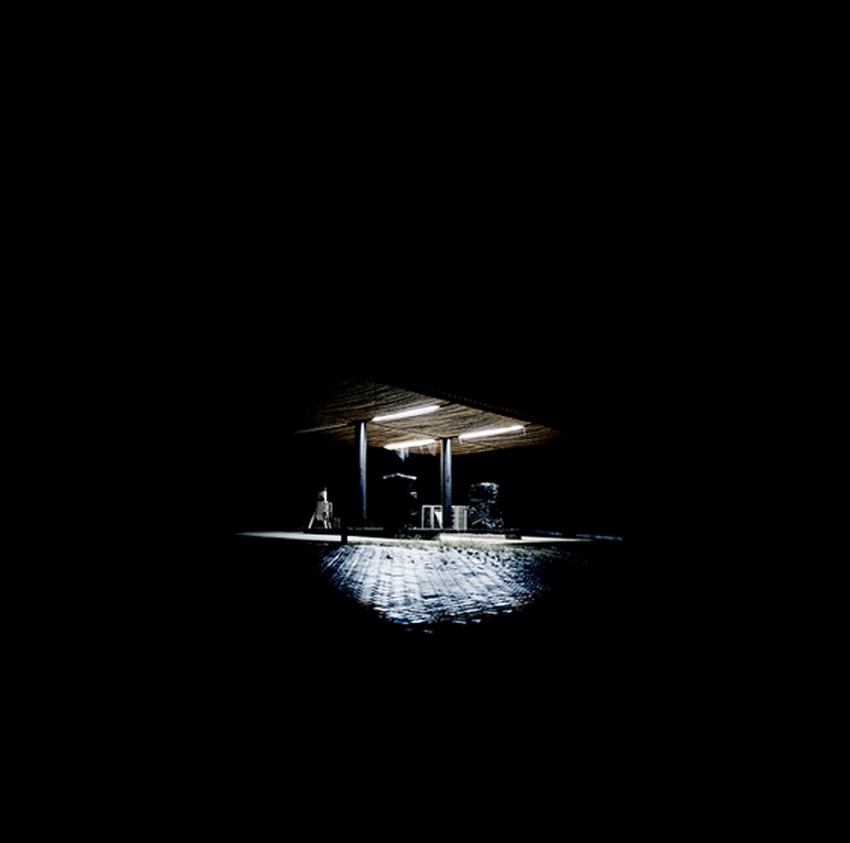- Film présenté cette année à Cinélatino
-
- Direction
- Anita Rocha Da Silveira
- Country
- Brazil
- Format
- Feature film
- Type
- Fiction
- Original title
- Mátame por favor
- Planned casting
- -
- Scenario
- Anita Rocha da Silveira
Note of intent
Kill me please” was born from the desire to make a film for the young audiences, yet not underestimating their world view, much less their dreams and desires. On one side, the perception that the body is perishable, made of flesh and bone; that to be alive we have to feel everything in our skin; on the other side, a new kind of body – immaterial, virtual – in a world where being offline is the very opposite of being alive.
The chosen setting is Barra da Tijuca, west Rio de Janeiro. An area of recent occupation, without history, standardized; with its high-speed lanes and ever present building sites, this is no place for what’s old and traditional. Thus, this is the perfect space to follow our two main characters, Bia and João, and figure how they cope with Love and Death, Eros and Thanatos. João will be facing the virtual death, a reflection of a society that is mediated by tools of affective vigilance. He will be chasing not a girl, but a ghost. Bia, on the other hand, will be transformed at the moment when she finds a girl on the brink of death. On her last breath – the lacerated and perishable body –, a kiss on the mouth, the taste of blood. This will awaken something new in Bia: a strange affection, something she’s never felt before. She’ll realize that every step she takes gets her closer to her own death. And there’s something seductive about this path. She wants to flirt with Death. Bia wants to die without stop living; she wants to feel everything intensely.
Thus, this narrative that mixes terror and supernatural elements will have as reference the works by David Lynch, Tsai Ming-Liang and Claire Denis. From Lynch, specially “Blue Velvet”, as well as the pilot for “Twin Peaks”. In those works, I was inspired by the effervescent desire face to a decadent society model. In characters such as Donna Hayward, who feel everything to the point of passing out. In the work by Tsai, it charms me its fabulous and iconic touch mixed to a full non-adhesion to values or morals. From Denis, I’m particular attracted to “Beau Travail” and “Trouble Every Day”, films about flesh, its limits and its most irrational impulses.
And what’s more important: in spite of the two main characters follow apparently opposite paths – Bia comes across real death, of the flesh and body, while João will have to cope with a new type of death, the virtual one – both of them are byproducts of their time. And without fearing to being pathetic, they reflect in their own way what it is to be young in 2013.
Synopsis
A crime wave scares Barra da Tijuca, a middle-class neighborhood in Rio de Janeiro. Bodies of teenage girls are found lacerated in pieces at the wasteland surrounding the area. The cuts and bruises in these bodies are so strange that the neighborhood youngsters start to come up with stories about aliens and werewolves…
In this environment lives Bia, 15. At her school, she’s part of a group of inseparable friends. They enjoy practicing sports and intimidating those who bother them. She also has a sort of boyfriend, Pedro. However, while he looks for a typical romantic ideal in her, Bia wants to fulfill her own desire.
João – Bia’s half-brother, 11 years older – spends his days inertly on his computer. He doesn’t work or study and still lives in his mother’s house. He has tried, not too hard, to start a career as a DJ. In opposite, Bia and her friends roam freely through the neighborhood where they live. To smoke a joint as an excuse, they go deeper into the region’s bushy open fields on their way back from school.
On one of these occasions, Bia comes across the lacerated body of a young girl about to die. Bia walks up to the body; she still has a pulse! The girl moves closer to Bia, and face to face with death, kisses Bia in her mouth. From that moment on, something new awakens within Bia: she wants now to feel alive at any cost. And to achieve that, she will have to jeopardize and mark her body more and more.
Meanwhile, João tries to get in touch with a girl whom he claims to be in love with. Yet, she doesn’t reply any of his text-messages or logs on to Facebook. She has faded away from his virtual world. Could she be dead? Or has she just blocked him from her social networks?
Visual concept
In “Kill me please”, we’ll approach an atmosphere with artificial nuances; even to extent of hyper-realism. The district of Barra da Tijuca will be conceived as a close/alternate universe – therefore, it is of no intent to portray a realistic point-of-view. We intend to make use of lighting that will aid in the creation of this particular universe. Our interest primarily lies on an expressionist rather than an impressionist way of seeing this world. As references I consider two North American artists: painter Edward Hopper and the photographer Phillip-Lorca diCorcia. Also, I cannot fail to mention once again “Trouble Every Day”. Denis’s, together with the director of photography Agnés Godard, creates an incredible expressionistic plasticity, and I’m enchanted by the way they portrait the human body.

- Objectives sought in Films in Development
Get feedback, suggestions, and get to know people that can help the development and the finance.
- Shooting planned date
–
- Planned shooting location
Barra da Tijuca, West Rio de Janeiro
- Budget
- USD 805.000,00
- Project's development phase
Script in the last stage of development
- Production
- Bananeira Filmes Ltda.










